| Structure | Name/CAS No. | Articles |
|---|---|---|
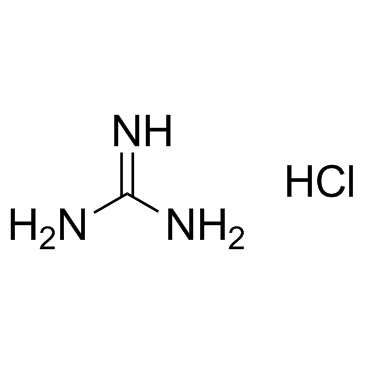 |
Guanidine hydrochloride
CAS:50-01-1 |
|
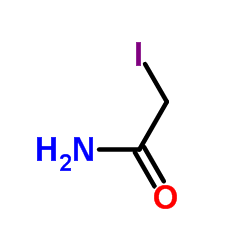 |
Iodoacetamide
CAS:144-48-9 |
|
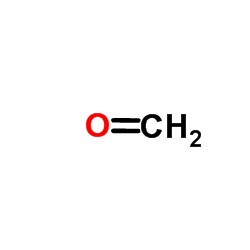 |
Formaldehyde
CAS:50-00-0 |
|
 |
Chlorhexidine
CAS:55-56-1 |
|
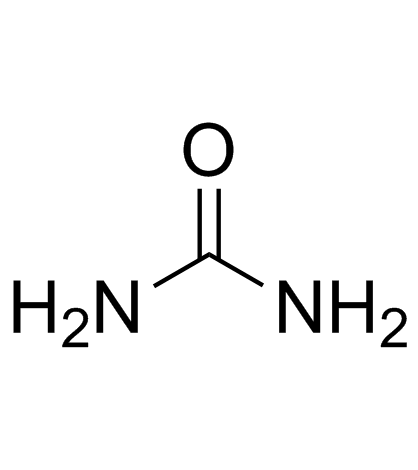 |
Urea
CAS:57-13-6 |
|
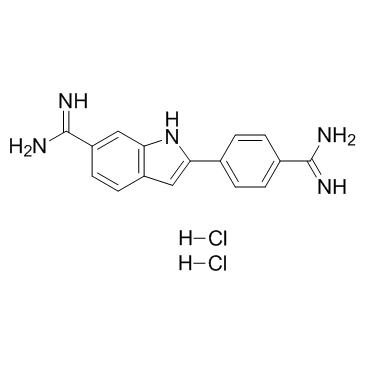 |
4',6-Diamidino-2-phenylindole dihydrochloride
CAS:28718-90-3 |
|
 |
acetic acid
CAS:1173022-32-6 |
|
 |
acetic acid
CAS:64-19-7 |
|
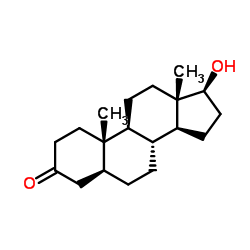 |
Stanolone
CAS:521-18-6 |
|
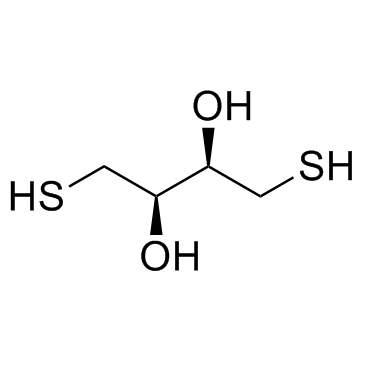 |
DL-Dithiothreitol
CAS:3483-12-3 |